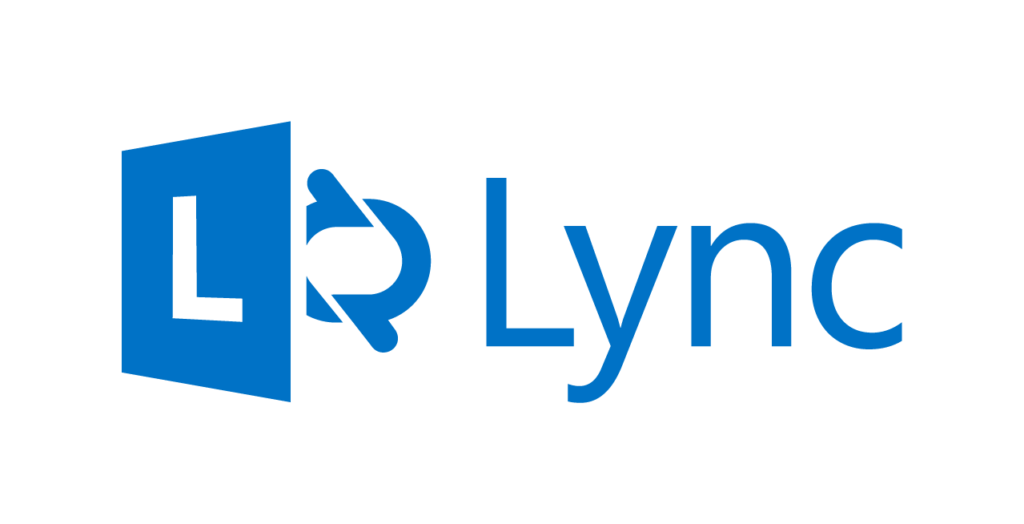Understanding Lync Conf: What It Is and Why It Matters
Lync Conf, known for its advanced communication capabilities, serves as a pivotal platform for conducting online meetings and conferences. Initially developed by Microsoft, Lync has evolved into a robust tool that facilitates seamless collaboration among teams across various geographic locations. With its integration of instant messaging, video conferencing, and screen sharing functionalities, Lync Conf enhances the way organizations communicate, making it a valuable resource in today’s business environment.
The significance of Lync Conf cannot be overstated, as it not only streamlines communication but also fosters a collaborative culture within organizations. Through its ability to bring together diverse teams, Lync Conf reduces the barriers of distance and promotes a more inclusive atmosphere for discussions, brainstorming sessions, and project management. The platform supports real-time feedback and interaction, thereby enhancing decision-making processes and boosting productivity.
The evolution of Lync has witnessed significant enhancements over the years, transitioning from a simple messaging application to a comprehensive conferencing solution. Lync Conf now integrates seamlessly with several tools and technologies, such as Microsoft Office and SharePoint, allowing users to leverage existing workflows and resources effectively. This integration ensures that users can access essential documents and collaborate on projects in real time, thereby optimizing the overall meeting experience.
In a world where remote work has become increasingly prevalent, the relevance of Lync Conf is more pronounced than ever. Organizations are recognizing the importance of reliable online communication platforms that enable effective collaboration regardless of location. By harnessing the capabilities of Lync Conf, teams can engage more deeply, share insights, and achieve collective objectives, ultimately leading to enhanced organizational success.
Key Features and Functionalities of Lync Conf
Lync Conf is a robust communication tool that offers a plethora of features designed to enhance user experience and productivity during online meetings. Central to its appeal is a user-friendly interface that allows participants to navigate through options effortlessly. This intuitive design ensures that even those unfamiliar with the platform can join and participate in discussions without difficulty.
One of the standout functionalities of Lync Conf is its video conferencing capabilities. Users can engage in high-definition video calls, making remote interactions as close to face-to-face conversations as possible. This feature is crucial for fostering connection and ensuring effective communication among team members, especially when physical presence is not feasible.
Additionally, Lync Conf supports screen sharing, which allows individuals to present documents, slideshows, or applications in real-time. This capability enhances collaborative efforts, enabling all participants to view, discuss, and edit shared content simultaneously, thereby streamlining workflows and decision-making processes.
The built-in chat functionality further enriches the meeting experience. Users can send private messages or engage in group chats during video conferences, facilitating real-time discussions and clarifications without interrupting the flow of the meeting. This feature is particularly beneficial for larger meetings, where quick exchanges of ideas or feedback are necessary.
Lync Conf’s seamless integration with Microsoft Office tools is another significant advantage. This interoperability allows users to easily schedule meetings, track tasks, and collaborate on documents directly from familiar applications. Ultimately, these features not only improve the quality of virtual meetings but also foster greater engagement and productivity among participants, making Lync Conf an essential tool for modern communication.

Best Practices for Hosting Successful Lync Conf Meetings
Hosting a successful Lync Conf meeting requires meticulous planning and execution. To begin with, defining a clear agenda is essential. A well-structured agenda not only communicates the meeting’s purpose but also outlines the key topics to be discussed. This structure enables participants to prepare in advance, fostering a more productive session. It is advisable to share this agenda at least a few days before the meeting to provide attendees ample time to formulate their thoughts and questions.
Inviting the right participants plays a crucial role in the effectiveness of a Lync Conf meeting. Ensure that the invitees are relevant stakeholders who can contribute to the discussion. When sending invitations, consider including a brief note on the meeting’s objectives to highlight its importance. Additionally, managing time effectively during the meeting is vital. Start on time, adhere to the agenda, and set a time limit for each topic. This approach not only respects participants’ time but also keeps discussions focused and on point.
Engaging attendees is fundamental in a virtual setting where distractions can be abundant. Use interactive elements such as polls or Q&A sessions to encourage participation. Employing breakout rooms for smaller discussions can also enhance engagement and ensure all voices are heard. tech issues may arise, so it’s crucial to prepare for troubleshooting. Familiarize yourself with common technical glitches, and have a plan in place to address them swiftly. Designating a tech support person can alleviate the burden of managing these issues, allowing the host to focus on steering the conversation.
In summary, by adhering to these best practices, hosts can significantly improve the efficiency and effectiveness of their Lync Conf meetings, ultimately leading to richer discussions and better outcomes.
Future Trends and Developments in Lync Conf Technology
The landscape of virtual communication continues to evolve rapidly, and Lync Conf technology is at the forefront of this transformation. As remote work becomes more commonplace, the demand for advanced conferencing solutions is increasing, prompting innovative advancements that enhance user experience and capability. The future of Lync Conf technology will likely see several key trends shaping its development.
One prominent trend is the integration of artificial intelligence into virtual conferencing tools. AI has the potential to revolutionize how users interact with Lync Conf by automating routine tasks, facilitating smarter scheduling, and providing real-time language translation. These enhancements could lead to more inclusive meetings, breaking down language barriers and enabling seamless communication among diverse teams. Additionally, features such as voice recognition and predictive analytics may streamline user interactions, allowing participants to focus on collaboration rather than logistics.
Furthermore, as hybrid work models become more prevalent, Lync Conf will adapt to meet the shifting dynamics of the workplace. Businesses are increasingly recognizing the importance of fostering engagement and inclusivity for remote and in-office employees alike. This will likely result in new features focused on creating more immersive meeting experiences, such as virtual reality environments and enhanced video quality. As organizations embrace a blend of in-person and remote collaboration, tools like Lync Conf will need to evolve to ensure that all participants feel connected and valued during interactions.
Lastly, security remains a critical area of development, as the rise of remote work brings with it an increased risk of cyber threats. Advances in encryption technology and secure access protocols will be paramount in safeguarding sensitive communications. As these security measures are integrated into the Lync Conf platform, users will gain greater peace of mind regarding their virtual interactions.
In conclusion, as we look towards the future, Lync Conf technology is poised to undergo significant transformation driven by AI, hybrid work models, and robust security initiatives, ensuring that it remains a vital tool for effective remote collaboration.
you may also read
